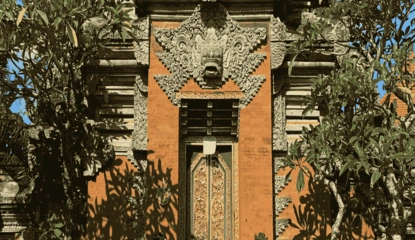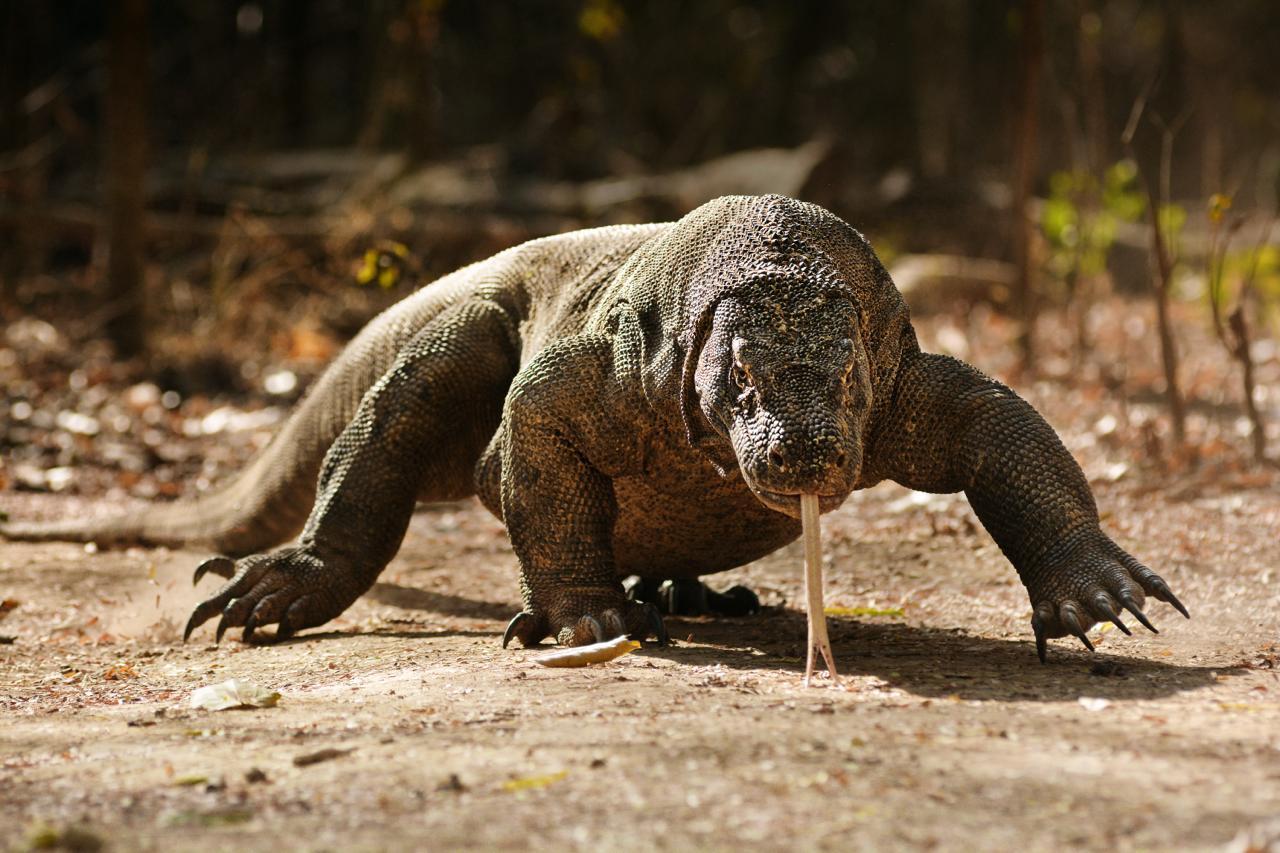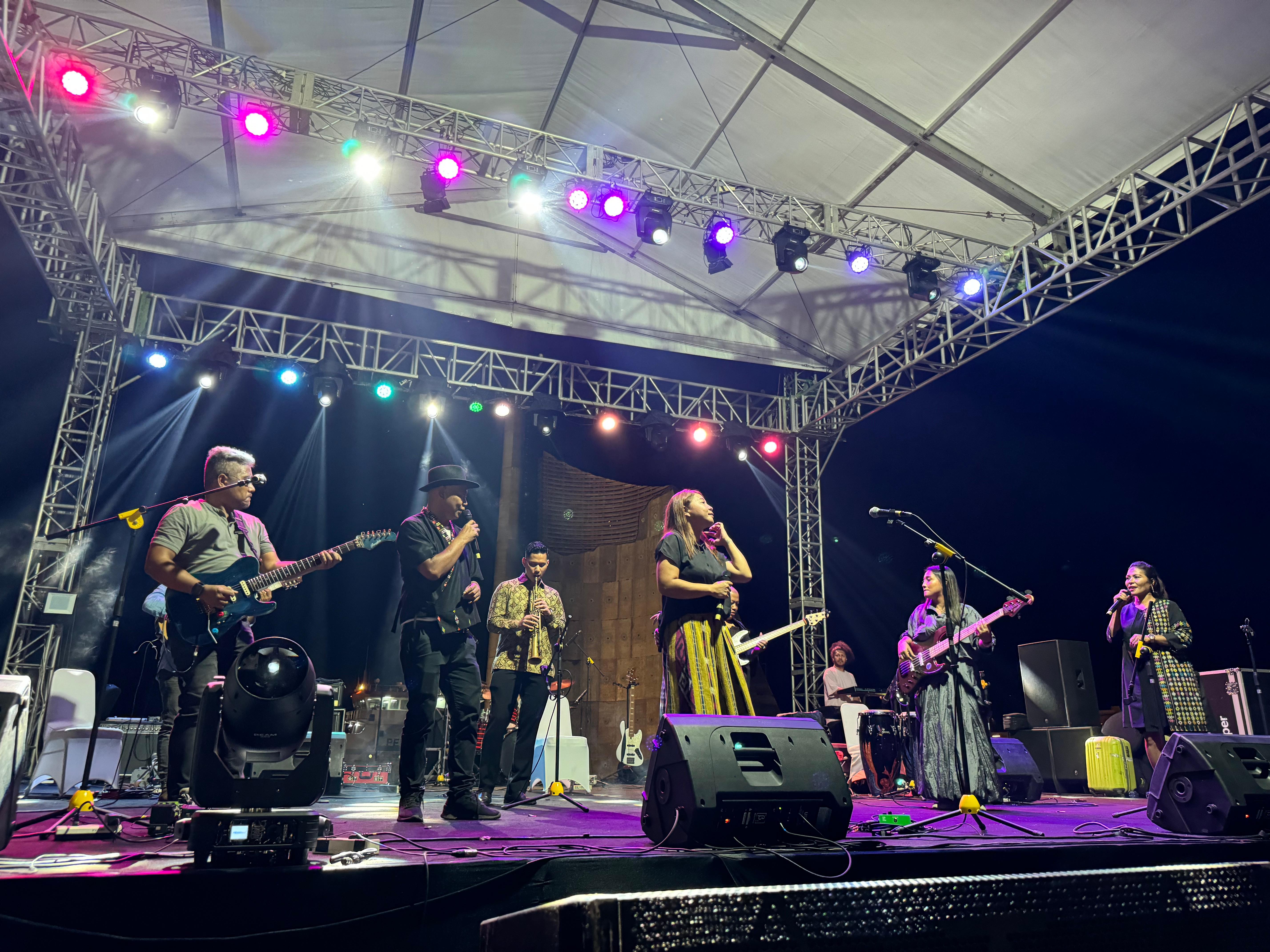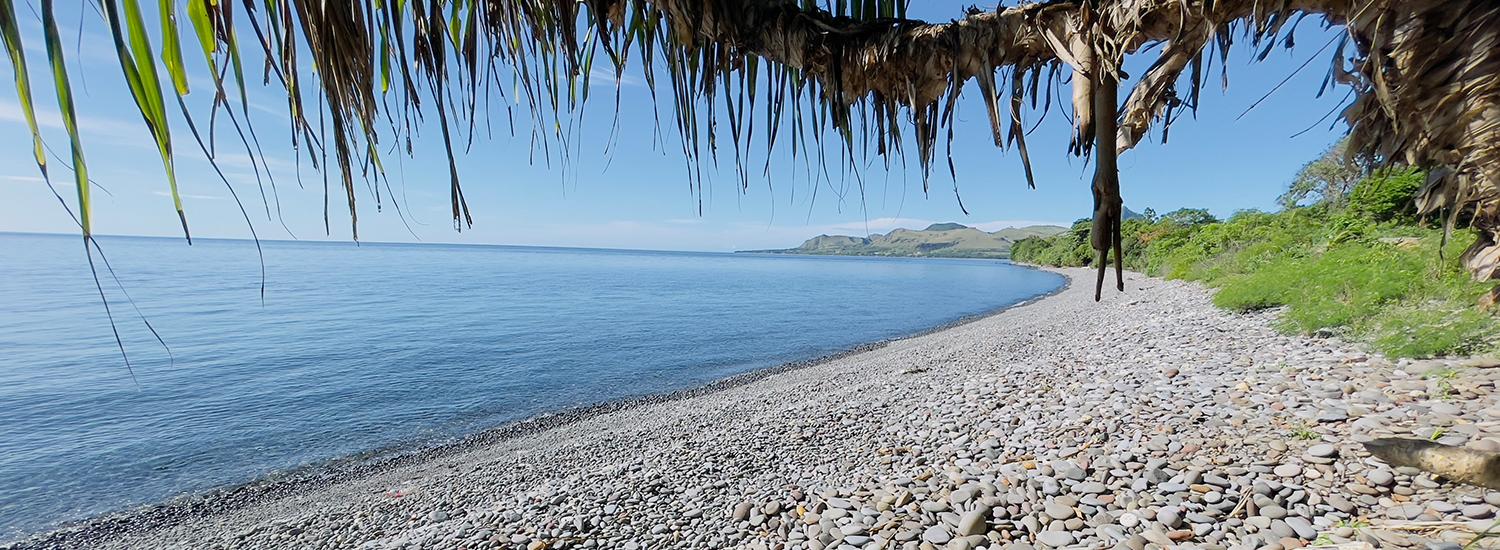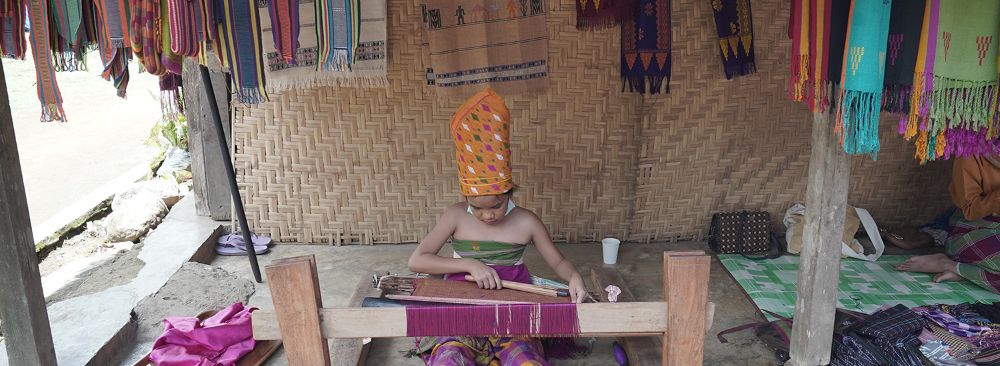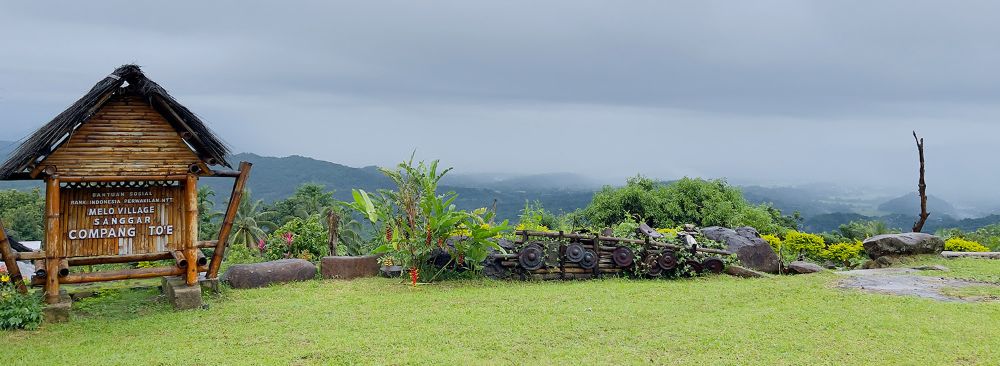In the Komodo National Park of Indonesia, a land of rugged beauty where pristine islands meet the clear turquoise waters of the Pacific, lives one of the world's most extraordinary creatures: the Komodo dragon (Varanus komodoensis). Known as the largest lizard on Earth, the Komodo dragon is a prehistoric marvel, a living symbol of Indonesia's unique biodiversity, and an unmissable highlight for wildlife enthusiasts visiting the country.
These fascinating beasts inhabit only a handful of islands in the world, making their pristine environments in Komodo National Park a global treasure. Visiting these islands offers a once-in-a-lifetime opportunity to witness these ancient predators in their natural habitat while exploring the landscape they have ruled for millions of years.
Meet the Komodo Dragons
The Komodo dragon is as awe-inspiring as it is unique. Here are some fascinating facts about these incredible reptiles:
1. A True Giant
Komodo dragons can grow up to 3 meters (10 feet) in length and weigh over 150 kilograms (330 pounds), making them the largest lizards in existence. These massive creatures are apex predators, capable of taking down prey several times their size.
2. Ancient Creatures
The Komodo dragon represents a link to Earth's distant past. Scientists estimate that these lizards have been around for more than 4 million years, earning their reputation as “living fossils.”
3. Legend and Myth
Locally known as 'Ora', Komodo dragons are deeply entwined with the folklore of the people of Komodo Island. Ancient legends speak of "sacred dragons" protecting the islands, endowing these creatures with mystical significance.
4. Unique Hunting Abilities
Despite their lumbering appearance, Komodo dragons are stealthy hunters. They are equipped with razor-sharp teeth, powerful muscles, and a forked tongue that helps detect prey up to 5 kilometers (3 miles) away. These predators use their stealth, speed, and strength to ambush large prey such as water buffalo, deer, and even wild boars.
Their toxic saliva, packed with deadly bacteria and anticoagulant venom, makes their bite lethal. Prey that escapes their initial attack will often succumb to blood loss or infection shortly after, ensuring these giant lizards always get their meal.
5. Isolation and Conservation
Komodo dragons are endemic to Indonesia, meaning they are found nowhere else in the world. They inhabit five islands in and around Komodo National Park: Komodo, Rinca, Padar, Gili Dasami, and Gili Motang, with Komodo and Rinca being the most popular for tourism.
Today, they are classified as vulnerable species, with an estimated population of just around 3,000–5,700 individuals. Strict conservation efforts are in place to protect these rare creatures and their environment from habitat destruction, climate change, and hunting.
Visiting Komodo Dragons in Their Natural Habitat
Komodo National Park, a UNESCO World Heritage Site, is the best place in the world to encounter Komodo dragons in the wild. This breathtaking park encompasses three main islands—Komodo, Rinca, and Padar—along with dozens of smaller islets that form a paradise of rugged hills, savannas, and coral-rich waters.
Here's what you can expect when visiting Komodo National Park:
1. Guided Trekking Adventures
To see Komodo dragons up close (but not too close!), visitors can join guided trekking tours through their natural habitats. Knowledgeable park rangers will lead you safely along trails that weave through grasslands and forests, where dragons are often spotted basking in the sun, stalking prey, or resting beneath a shady tree.
Popular trekking spots include:
- Komodo Island: Offers several trekking options of varying lengths, providing travelers the chance to see the dragons and the island’s stunning landscapes.
- Rinca Island: Known for having a higher density of Komodo dragons, this island is more compact yet equally thrilling.
In addition to Komodo dragons, you may encounter wild boars, deer, monkeys, and various bird species while trekking the islands.
2. Spectacular Views
Trekking not only brings you face-to-face with Komodo dragons but also rewards you with breathtaking scenery. Padar Island, in particular, is famous for its panoramic views of green hills contrasting with pink and white sandy beaches. A climb to the island’s peak during sunrise or sunset promises an experience you’ll never forget.
3. Marine Adventures
Komodo National Park is not just about its land but also its thriving underwater world. After trekking, take a dive or snorkel in the park’s stunning coral reefs, which are home to manta rays, sea turtles, sharks, and thousands of fish species. Some of the world’s most famous dive sites, such as Batu Bolong and Manta Point, are located here.
How to Get There
Traveling to Komodo National Park is an adventure in itself:
- Fly to Labuan Bajo: Most tourists begin their journey in Labuan Bajo, a small town on Flores Island. Daily flights to Labuan Bajo are available from major Indonesian cities such as Bali (Denpasar) and Jakarta.
- Boating to the Islands: From Labuan Bajo, travelers take a boat ride (ranging from 30 minutes to several hours, depending on the destination) to reach Komodo or Rinca Islands. Liveaboard boat tours are also popular, offering the opportunity to visit multiple islands and dive sites over several days.
Tips for Visiting Komodo Dragons
-
Travel with a Licensed Guide: Komodo dragons are wild animals, and their behavior can be unpredictable. Guides and park rangers are trained to ensure both your safety and that of the dragons.
-
Keep a Safe Distance: Always maintain a distance of at least 5 meters (16 feet) from the dragons. Never approach or try to feed them, as they are highly dangerous predators.
-
Wear Comfortable Clothing: Trekking in Komodo National Park can be hot and humid. Wear light, breathable clothing and sturdy walking shoes.
-
Bring Essentials: Don’t forget sunscreen, a hat, water, insect repellent, and a camera with plenty of storage—you won’t want to miss capturing these incredible animals!
-
Respect Nature: Practice responsible tourism by not littering and respecting the park’s rules to help conserve this precious ecosystem.
Why You Should Visit Komodo National Park
Seeing the Komodo dragons in their natural habitat is one of the most thrilling wildlife experiences you can have. They are not only fascinating creatures but also an integral part of the unique ecosystem of the Komodo Islands. Beyond the dragons, visitors to Komodo National Park are treated to stunning landscapes, vibrant marine life, and a glimpse into the natural splendor of Indonesia.
For wildlife lovers, adventurers, and anyone with a curiosity about the wonders of our planet, Komodo National Park offers a truly unforgettable experience. It’s a destination where you will witness prehistoric giants, feel the awe of untouched nature, and immerse yourself in the beauty of one of the world’s most extraordinary places.
Book Your Adventure
Whether you’re a first-time traveler to Indonesia or a seasoned adventurer, the Komodo Islands promise an experience unlike any other. Come visit the Komodo dragons and unleash your inner explorer as you step into the realm of these legendary lizards—one of nature’s greatest marvels.





